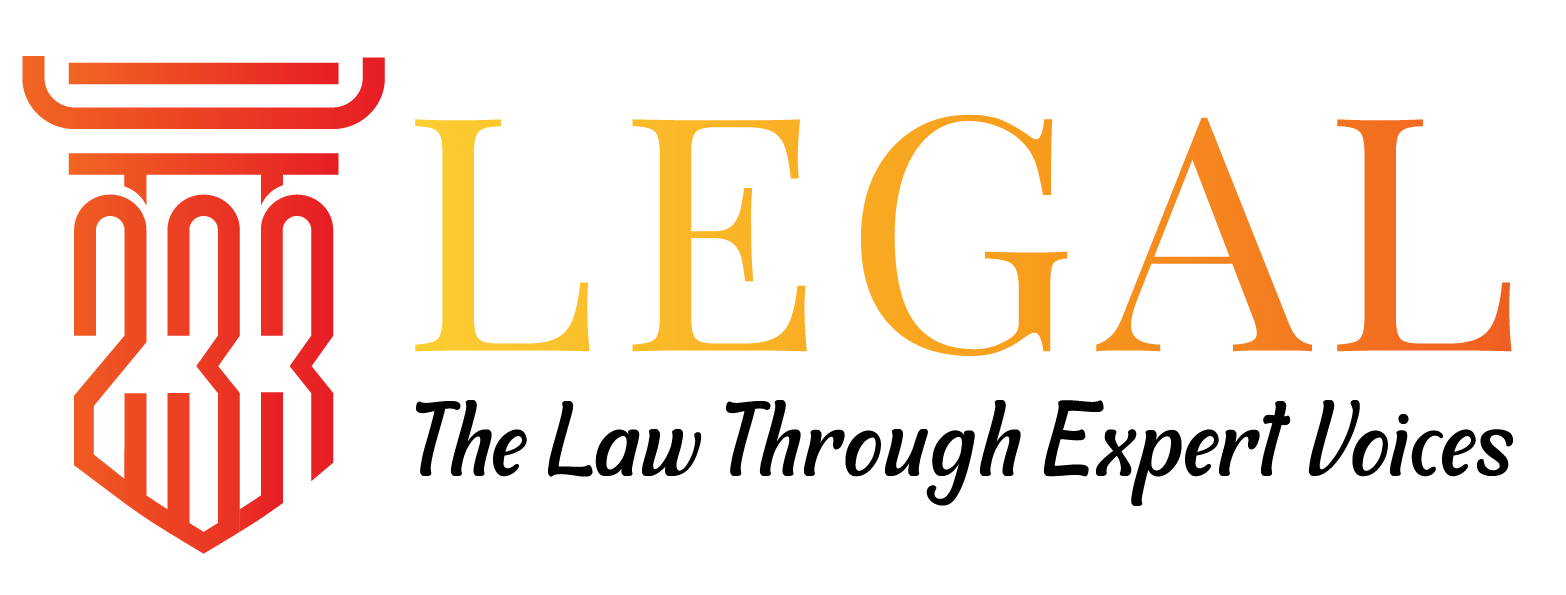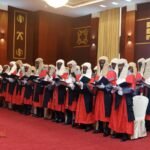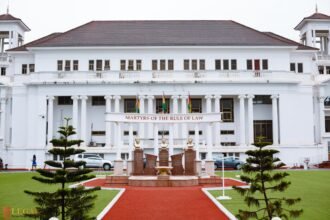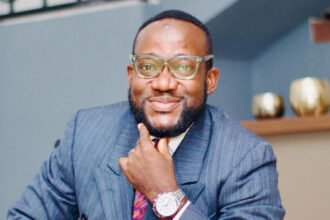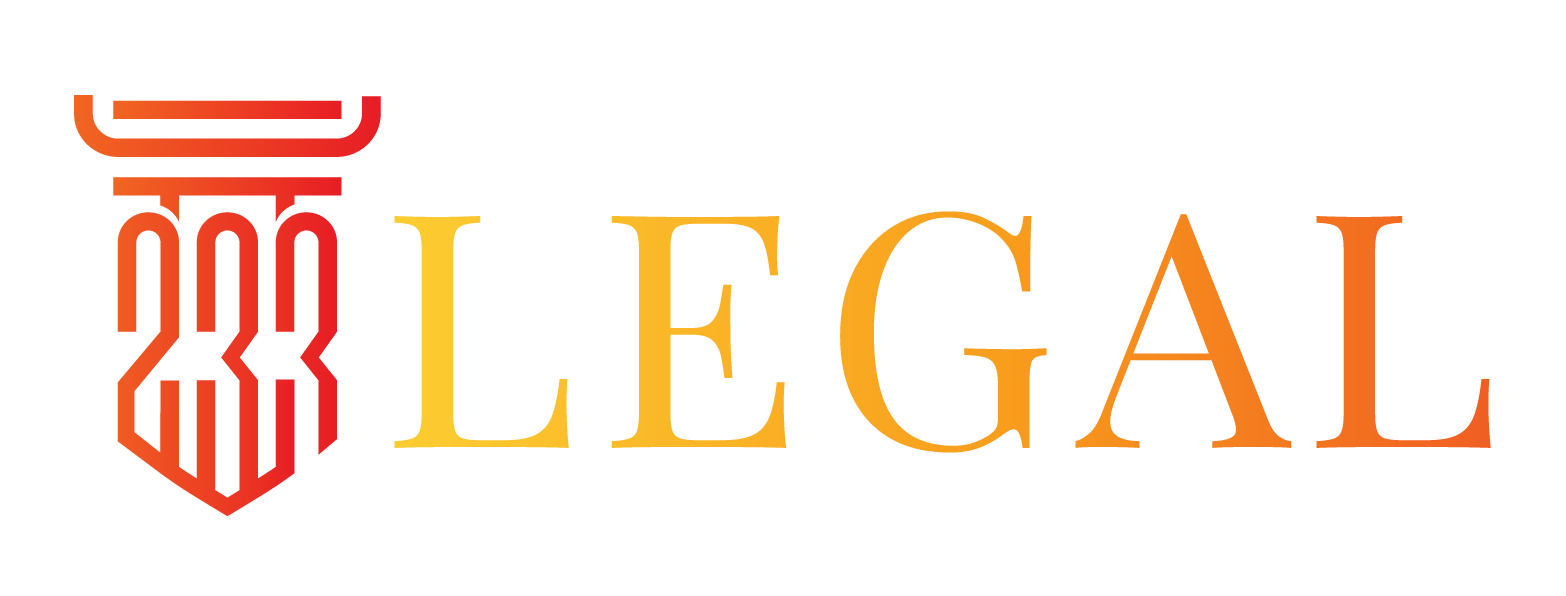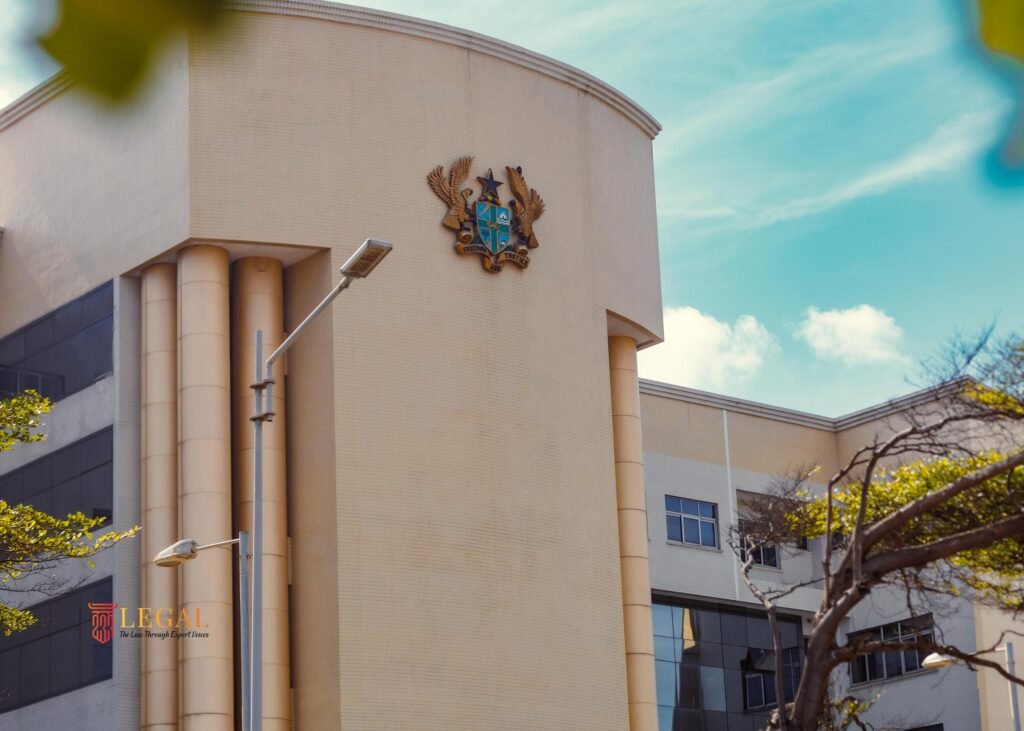
Published OCTOBER 23, 2025
Section 118 involves a radical reform of the law of hearsay evidence, which has previously been one of the most complex and confused areas of the law of evidence,,,,”[1]
“[2]From the analysis that has been done above, it is clear to me that the rules on hearsay evidence are still a troublesome area of the Law of Evidence despite the effort by NRCD 323 to simplify it…
INTRODUCTION
Hearsay evidence arises where a witness in his own statement repeats a statement, oral or written made by another person in order to prove the truth of the facts stated. Such evidence is not permitted to be given. It is therefore a fundamental rule of evidence at common law that hearsay evidence is inadmissible. Thus, to prove that an accused person committed an offence, a witness is not allowed to offer as evidence that he heard someone else say that the accused committed the offence.[3]
Various textbook writers have differently formulated the rule. According to Phipson[4]: “Oral or written statements made by persons who are not parties and who are not called as witnesses are inadmissible to prove the truth of the matters stated.”Cross’s[5] formulation is that: “Express or implied assertion of persons other than the witness who is testifying, and assertions in document produced to the court when no witness is testifying is inadmissible as evidence of the truth of that which was asserted.” Keane Adriane[6], aptly put it thus: “Any assertion other than one made by a person while giving oral evidence in the proceedings, was inadmissible if tendered as evidence of the facts asserted….
Download to read the full article! 👇👇


